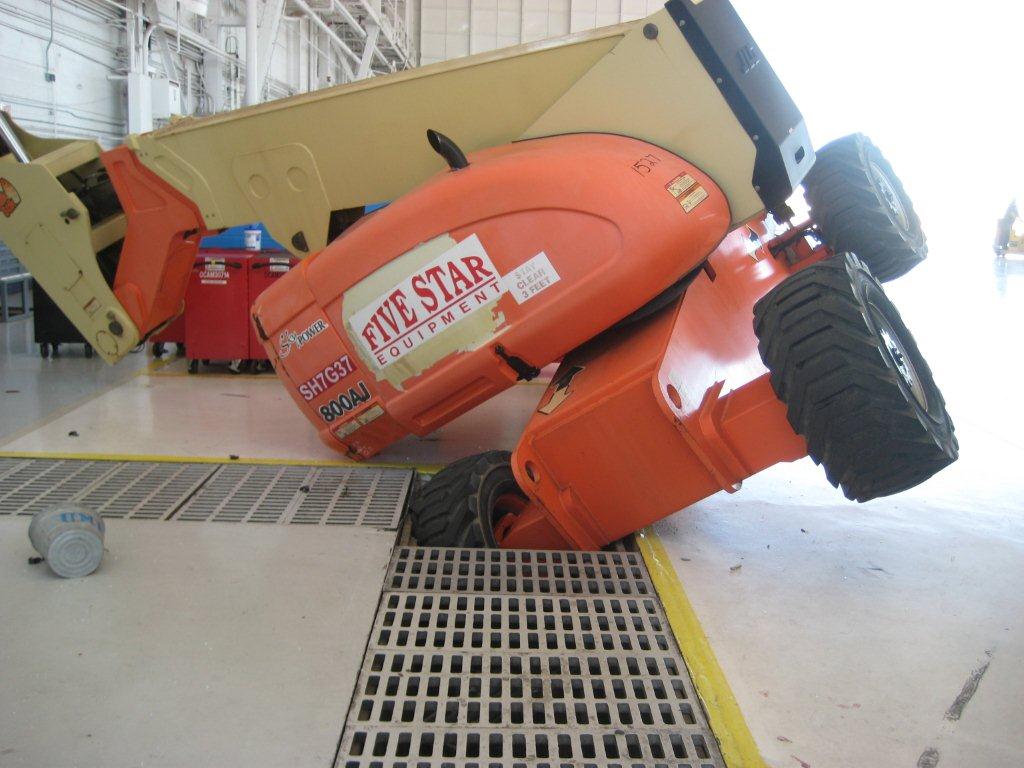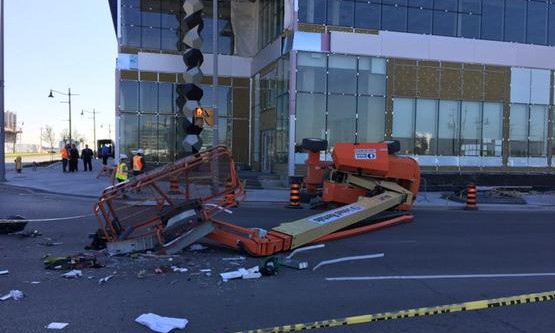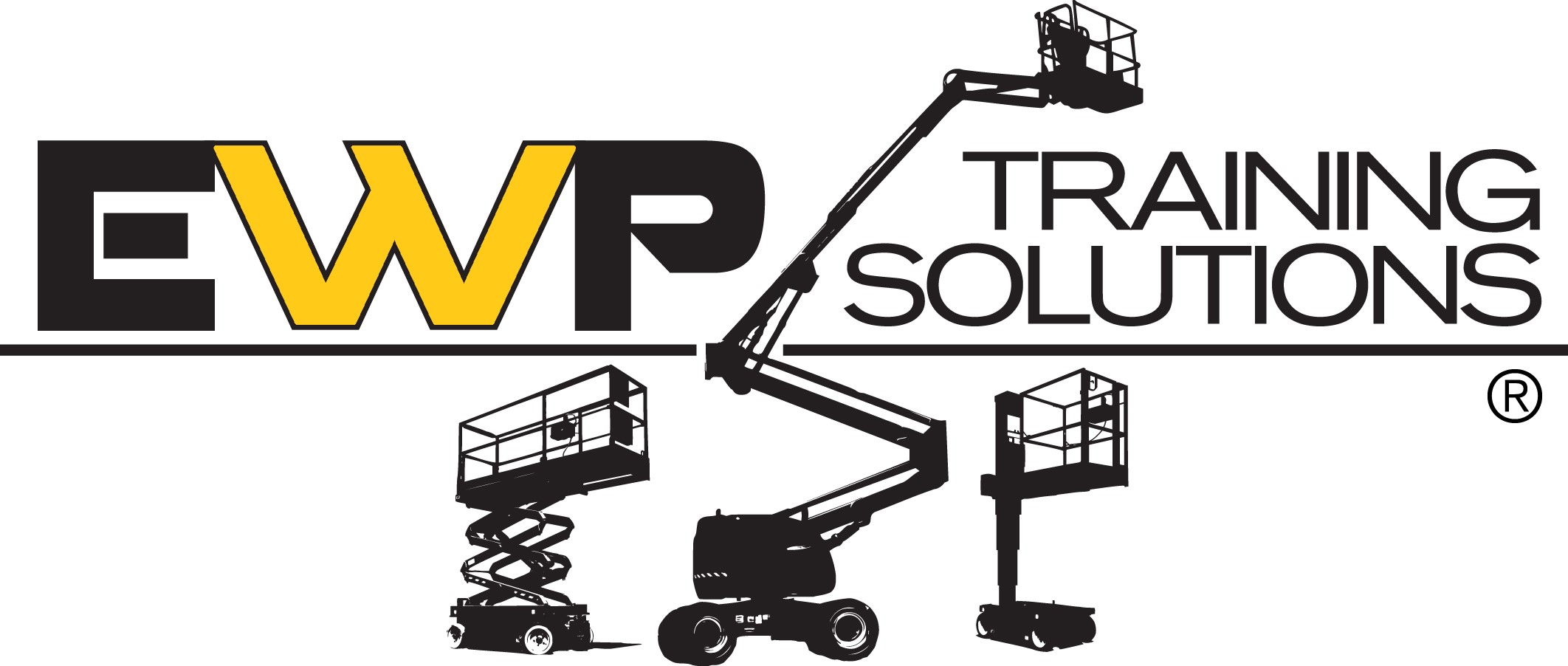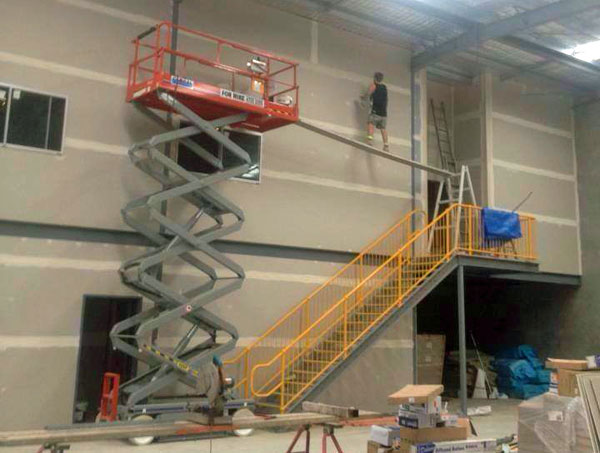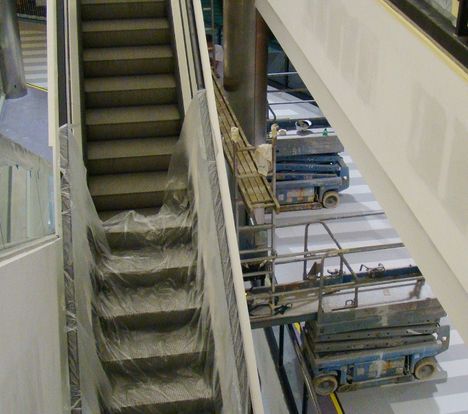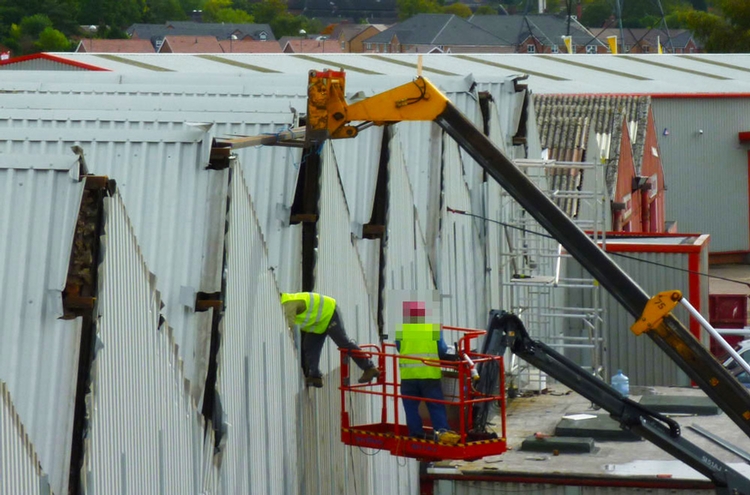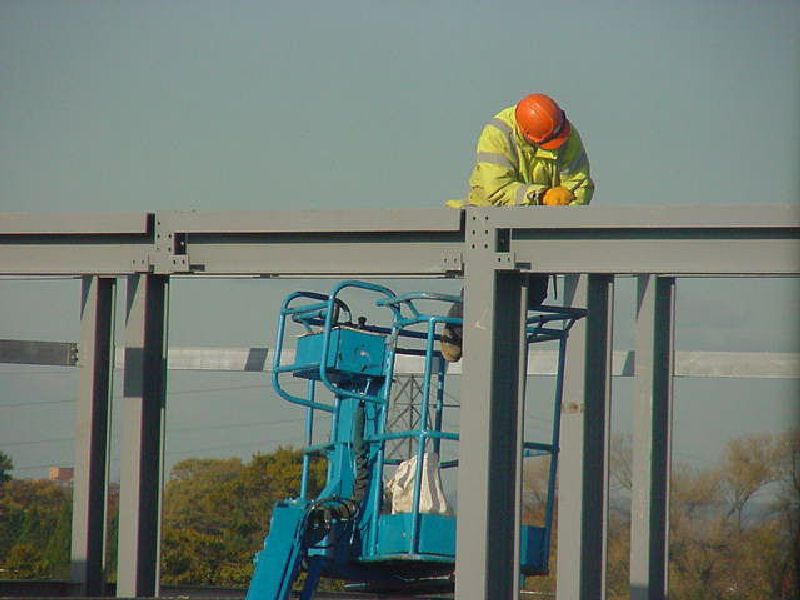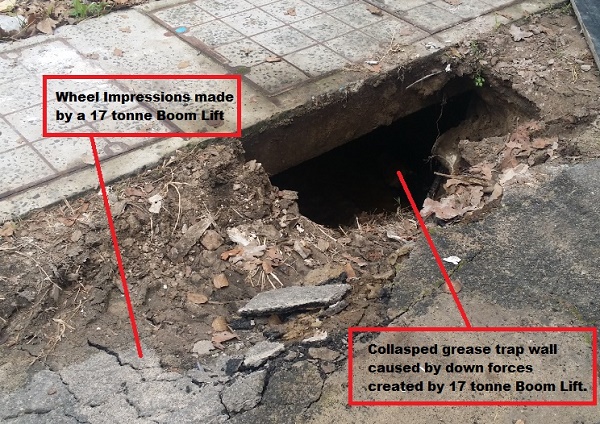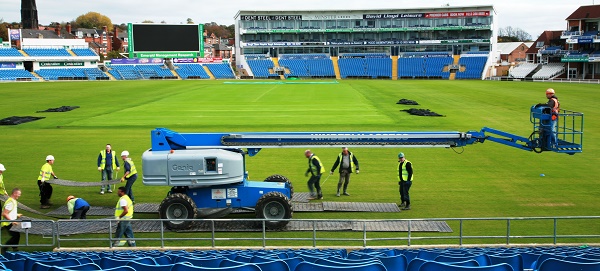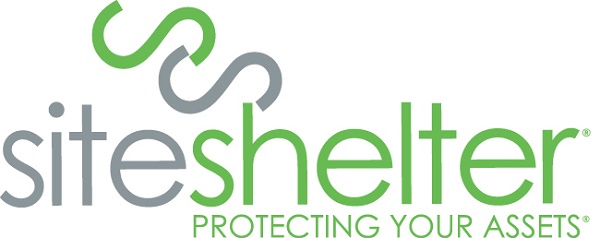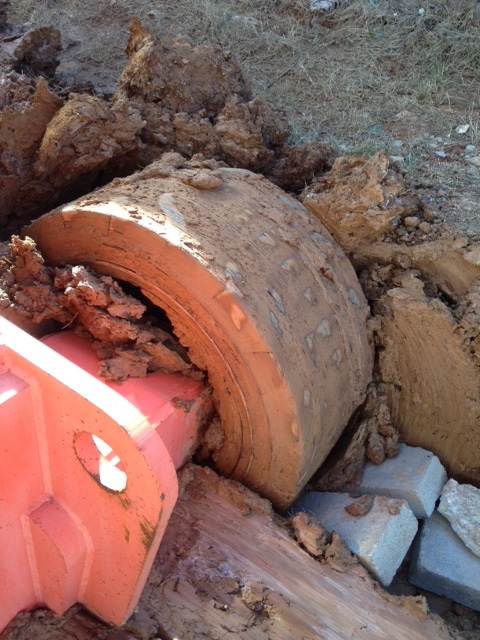Check that operators are properly trained and have the correct licence.
Greater awareness of the risks associated with working at height has seen more and more businesses hire in EWP equipment, rather than rely on ladders, with a corresponding reduction in accidents. While this is good news, getting the wrong machine for the job can jeopardise operator and site safety as well as adversely affect productivity.
Safety is paramount when working at height, so it's vital to consider all the factors that might impact on it, such as the application, the loads involved and the working environment.
It's also important to make sure that operators are properly licensed and have access to quality safety equipment when required.
EWP Training Solutions recommends that anyone hiring EWP equipment should consider the following:
* Check that operators are properly trained and have the correct licence.
Operators of access equipment need a minimum EWPA "yellow card" Card which expires if the operator does not complete refresher training every five years. Reputable training providers like EWP Training Solutions can train people to use mobile elevating work platforms (MEWPs), with courses taught by fully qualified, Elevated Work Platform Association of Australia-accredited trainers.
* Does the application require you to lift vertically or to reach at an angle, perhaps to gain access over an obstacle?
With the ability to raise the platform to a height of 19ft to 53ft and carry tools on deck, a scissor lift is traditionally used on construction sites to apply cladding to a new-build development and in warehouses to repair lighting, carry out maintenence and stocktakes but they are also popular with commercial decorators, security installation companies and mezzanine installers.
Boom lifts, also known as cherry pickers, raise one to two person's only with minimal additional weight to heights of 30ft-34ft and more and are widely used in the construction industry. Boom lifts above 34ft require a hRW WP licence. Vertical Lifts are a staple piece of equipment in retail and warehousing environments, taking one person up to 20ft vertically.
* Will you be working indoors, outside or both?
A Vertical Lift is for indoor use only while scissor and boom lifts can be used indoors and outside. The width and height restrictions for scissor lifts set out in the Working at Height Regulations mean that, although it may be possible to take two people up to a given height indoors, it is safe for only one person to ascend to that height outdoors. This is mainly due to weather conditions such as strong winds, which can destabilise the platform.
* Will you be working on smooth, flat surfaces or uneven ground?
Electric Scissor lifts have small wheels so can only operate safely on flat surfaces, whereas Diesel Scissor lifts & boom lifts feature an oscillating axle so are suited to rough ground and slopes. It is important to be aware of any access issues between the designated machine drop-off point and the work environment.
Anyone operating a boom lift is mandatory to wear a safety harness. Companies hiring EWP equipment are responsible for having the correct insurance and for making sure the machine is properly secured against theft.
The weight placed on a scissor lift platform is critical, because overloading can lead to destabilisation. All machines supplied must have the SWL or rated capacity indicating the maximum load, so hirers can calculate the weight of the operator(s) and any tools/equipment to ensure the total falls within safe parameters.
People who hire EWP equipment regularly know the ropes, but those who use it only occasionally may not be so confident about choosing the right equipment.
Reference: Briggs equipment uk news 2015. IPAF media source 06/08/2015.

